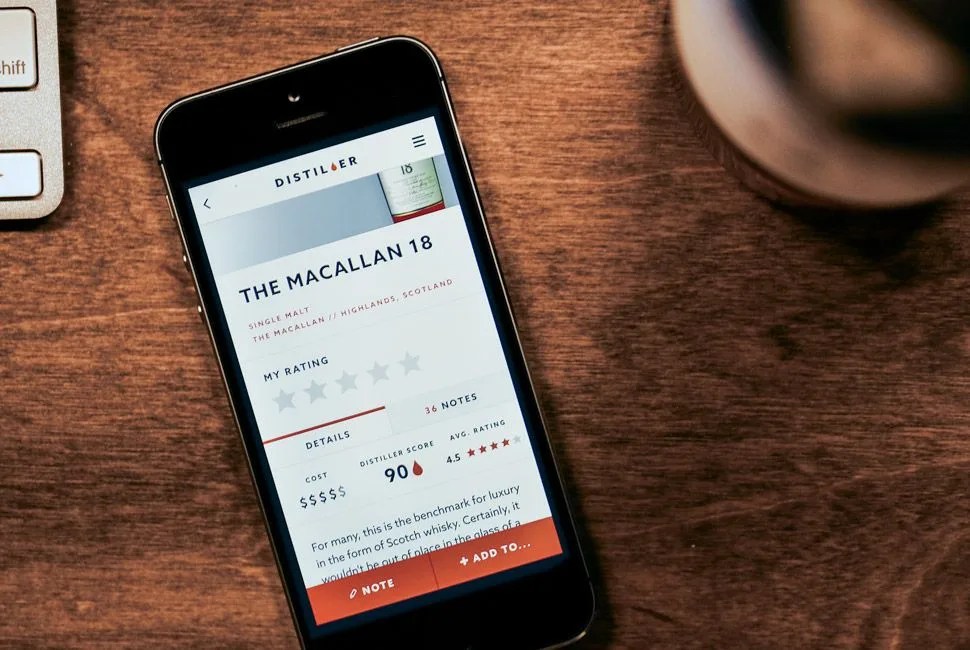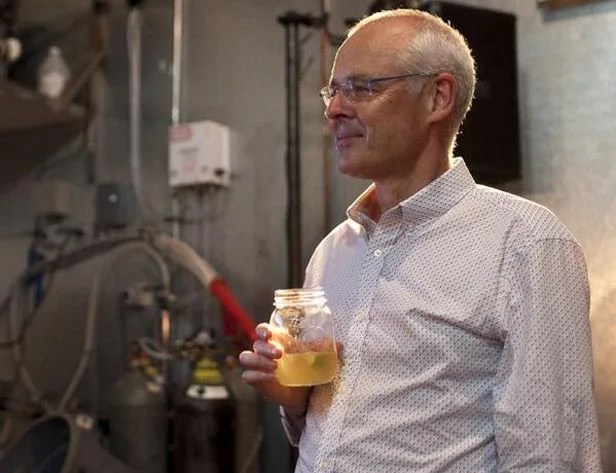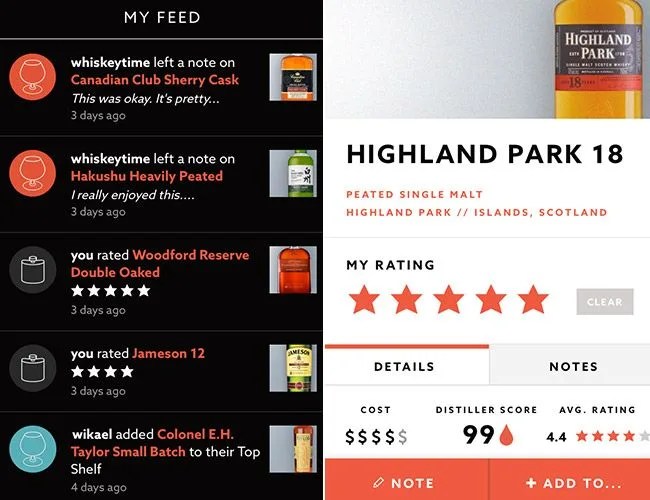Brent Stiefel and Mikael Mossberg didn’t know much about whiskey when they met up for drinks in May of 2011. Like many people navigating an ocean of Scotch and bourbon, they “were intimidated by folks with mustaches”, Stiefel says, but didn’t want to drain their bank accounts by buying shelves of bottles in order to learn more about what they liked and what they didn’t. Feeling a booze-filled higher calling to drink better (and more), the two began drawing up plans for the ideal whiskey resource they’d been searching for but never found.
MORE WHISKEY KNOWLEDGE A Visit to the Home of Jameson | The Birth of a Barrel | 15 Bourbons Slightly More Available than Pappy
Their plans were spurred in large part by the current “whiskey boom”, which, according to Dave Quinn, Master of Whiskey Science at Jameson Irish Whiskey, is changing the drinking landscape. “People are more interested in beverages that have character and an authentic provenance”, Quinn says. “Whiskey and craft beer fit those requirements.” The surge of whiskey fanatics eager to open their wallets has brought on a fleet of speciality stores and bars, trying to cash in on increased demand. And with more whiskey comes more choice and more confusion. Mossberg and Stiefel’s app, Distiller (free), became a solution to that problem.
Because they both worked at Votiv, a media and venture capital group with holdings in mobile apps and networking development, the duo had the resources to develop a streamlined navigation-system-slash-social-network aimed squarely at uninitiated drinkers. In its first form last December, the app (available as an iOS and Android application, along with the full site) provided novices and veterans alike access to a basic recommendation engine with original reviews and the ability to save recommendations for later reference, in a sort of drunk man’s wish list called “Top Shelf”. However, Stiefel and Mossberg wanted to create more than just a recommendation application. This was about learning, so they also added pages of original content surrounding whiskey history, production and differentiation.
Then they brought in the experts.
Distiller distinguished itself from forums littered with inexperienced drinkers by cultivating the Tasting Table, a panel of whiskey experts — from editor-in-chiefs of alcohol publications to whiskey bar owners — screened and selected by Head of Tasting Table Stephanie Moreno. Currently, half the expert tasters apply to participate, while the other half is sought out directly; Moreno’s looking for comparable palettes and writing styles, not to mention a decent time commitment — the tasters physically taste and rate every bottle on the site. By combining these expert ratings, Stiefel and Mossberg assign an overall number and flavor profile graph to each bottle, helping users compare subjective qualities, such as taste and style, directly. And while focused whiskey tasting is completely personal and subjective, not to mention surprisingly hard (learn how to taste test properly with Gerry Tosh of Highland Park), having a vague sense what to expect out of a bottle can help point you toward potential favorite distillers.
Interview: Dave Quinn of Jameson Irish Whiskey


